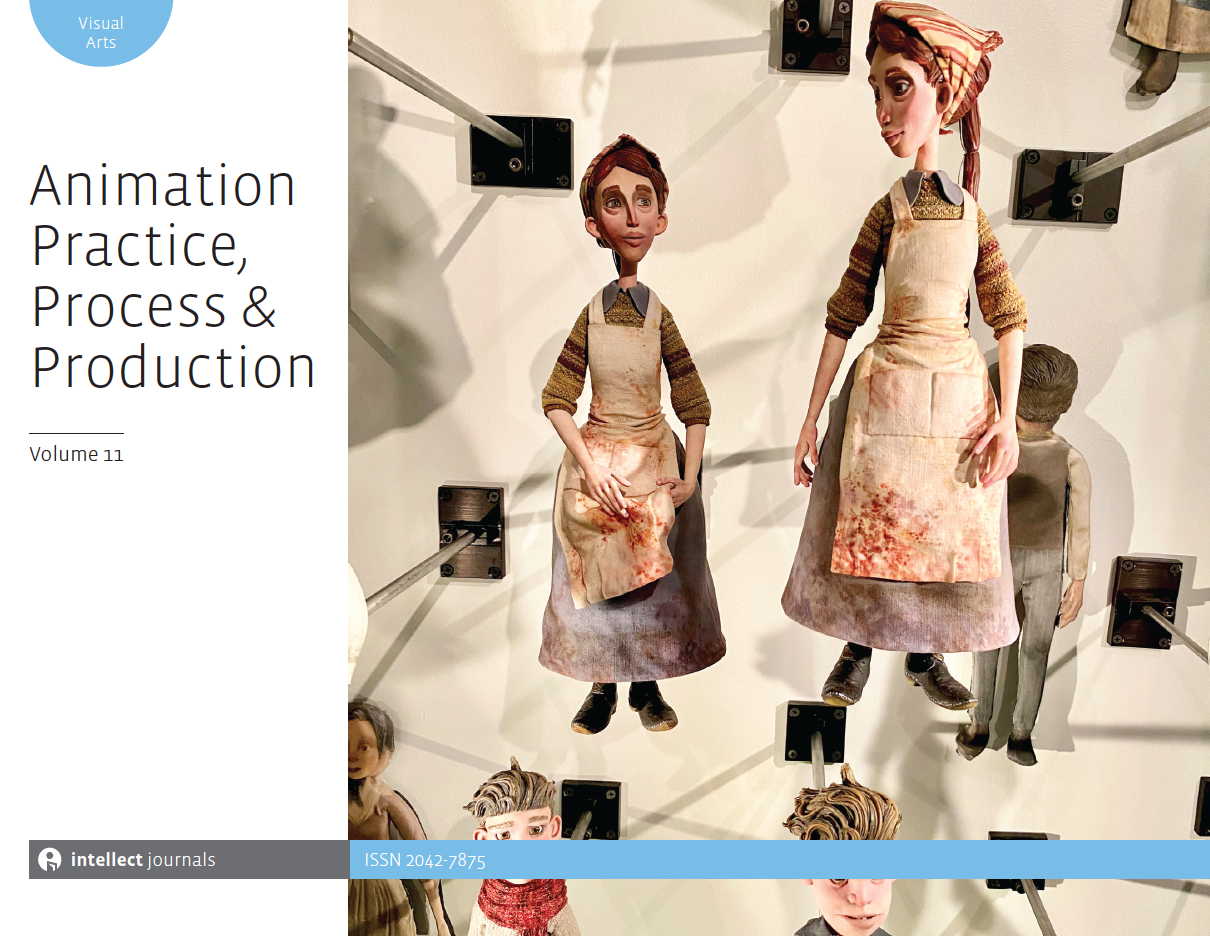
Full text loading...

Animation as a site-specific intervention in historic settings draws on the powerful affective potentials of both medium and place, enabling long past events to be experienced in immersive, intimate ways. In particular, I examine here my hand-drawn animated film He Ram, permanently installed at the site of Gandhi’s assassination, now a museum in New Delhi. In this context, the multi-layered animated presence of Gandhi becomes at once nostalgic and eerie, evoking a figure’s potential to haunt space and time, piercing the present to connect us to the last walk he took and the last breath he drew. An emotionally charged public memorial, this is also where the voice and views of government are palpable. At stake remain the inheritance and transmission of our past/s. In these circumstances, animation affords aesthetic strategies to engage a range of audiences across age, class, caste and linguistic boundaries, wielding a degree of agency in the mediation of our collective imaginations. In doing so, the film gestures towards a more fluid, interdisciplinary understanding of the ever-emerging relations between histories and our present.

Article metrics loading...

Full text loading...
References


Data & Media loading...

Publication Date:
https://doi.org/10.1386/ap3_000025_1 Published content will be available immediately after check-out or when it is released in case of a pre-order. Please make sure to be logged in to see all available purchase options.